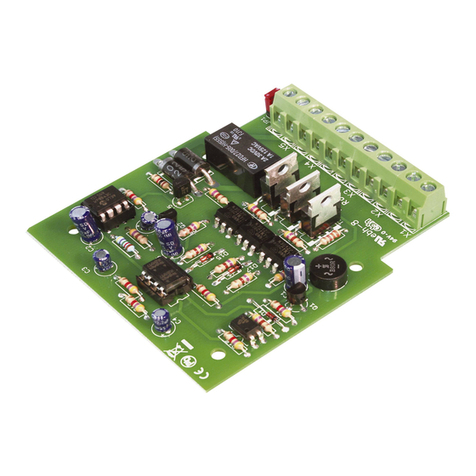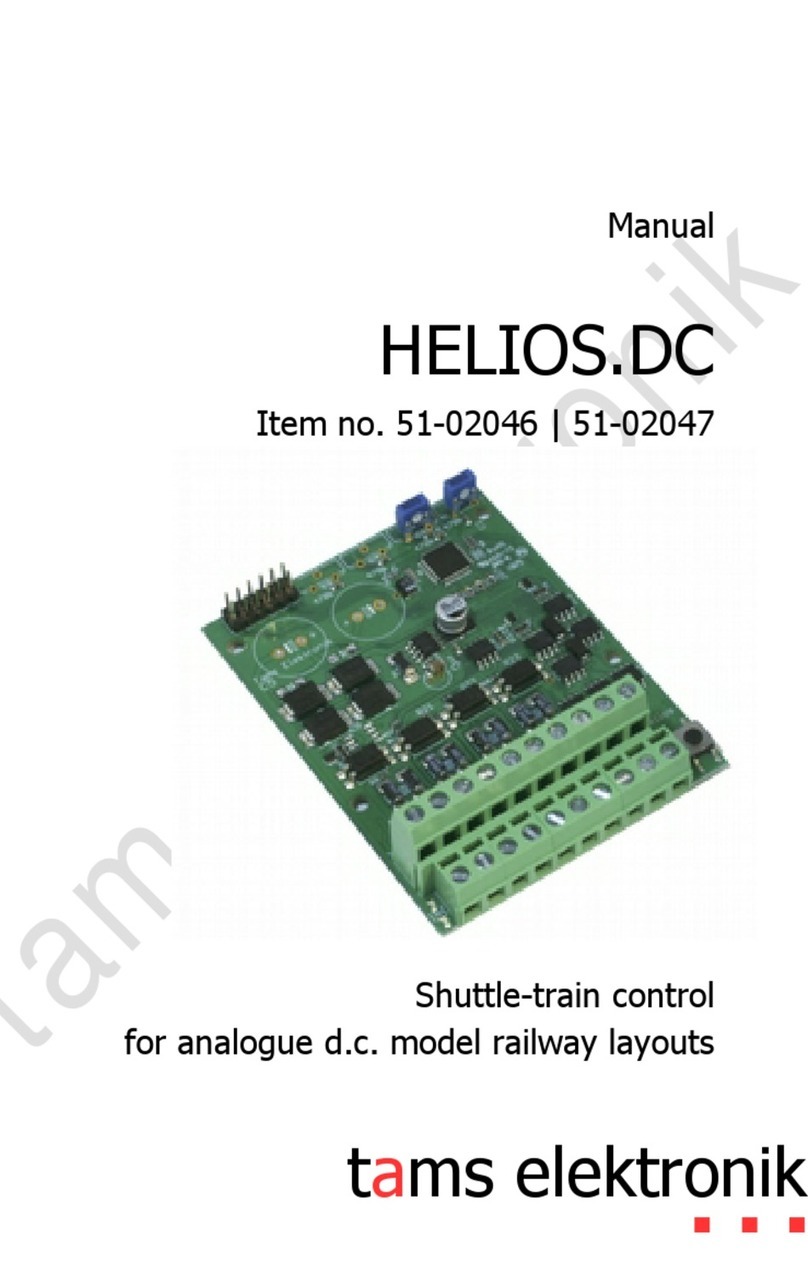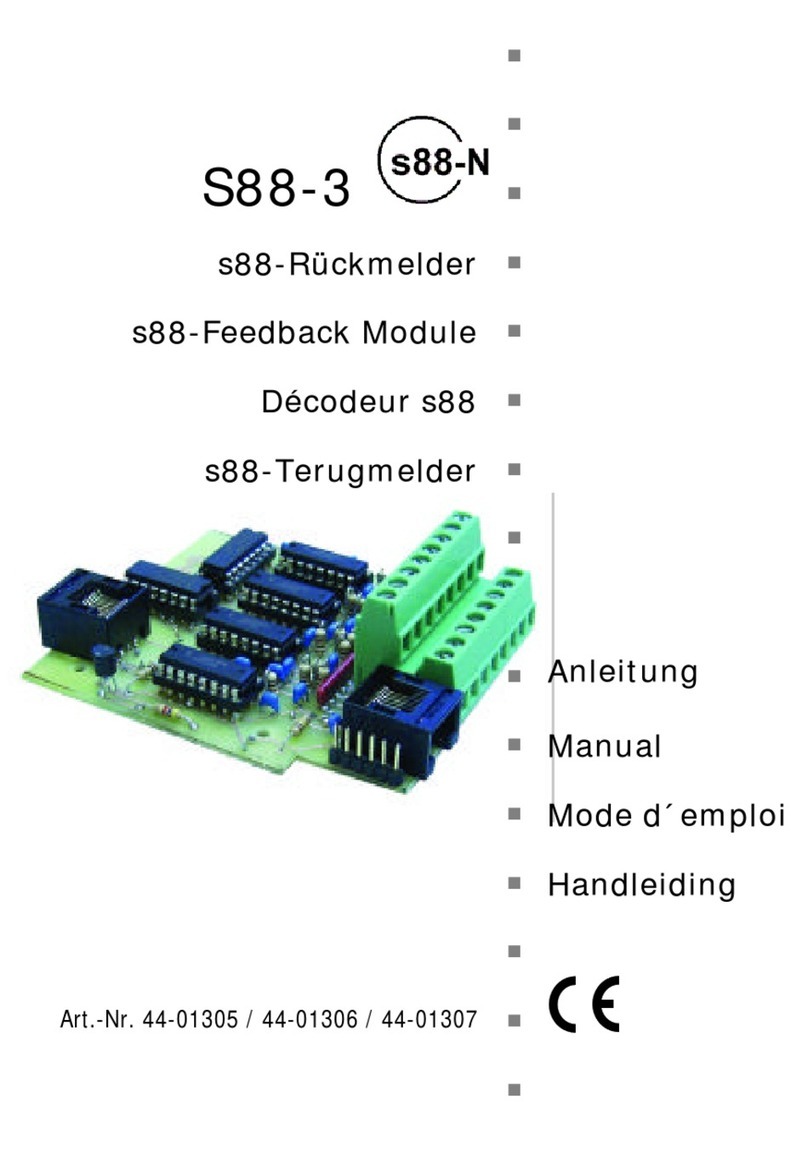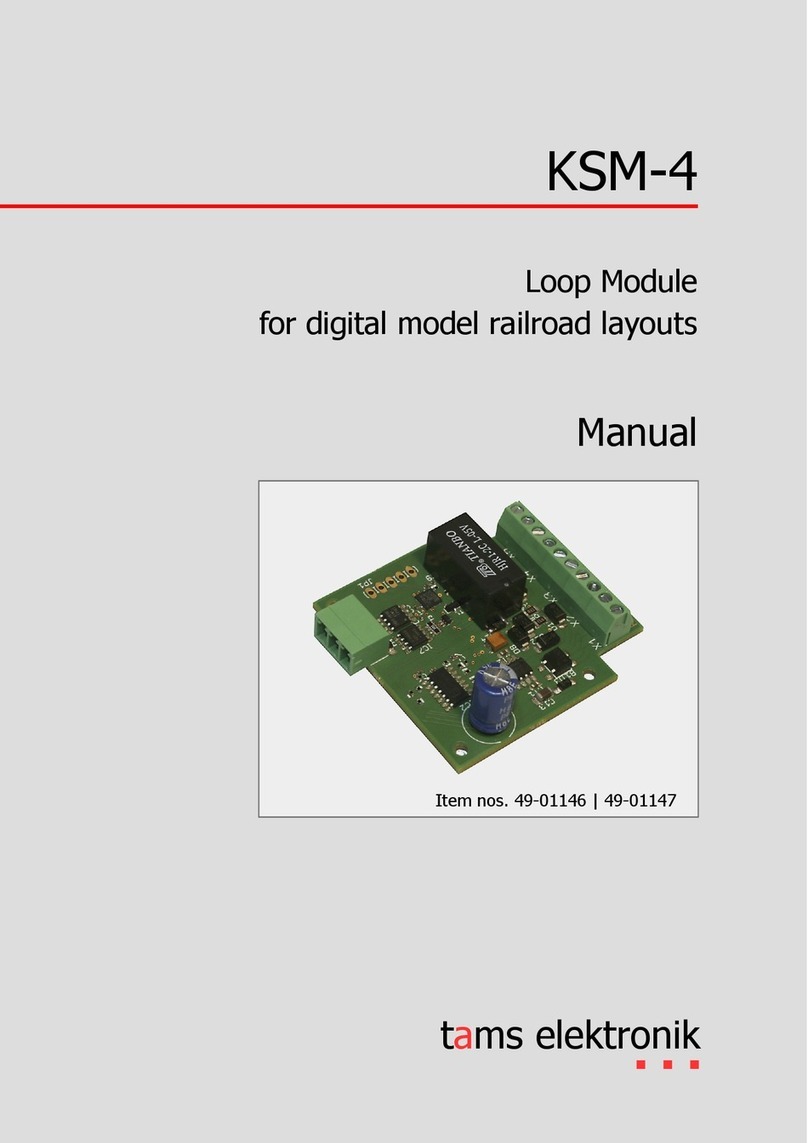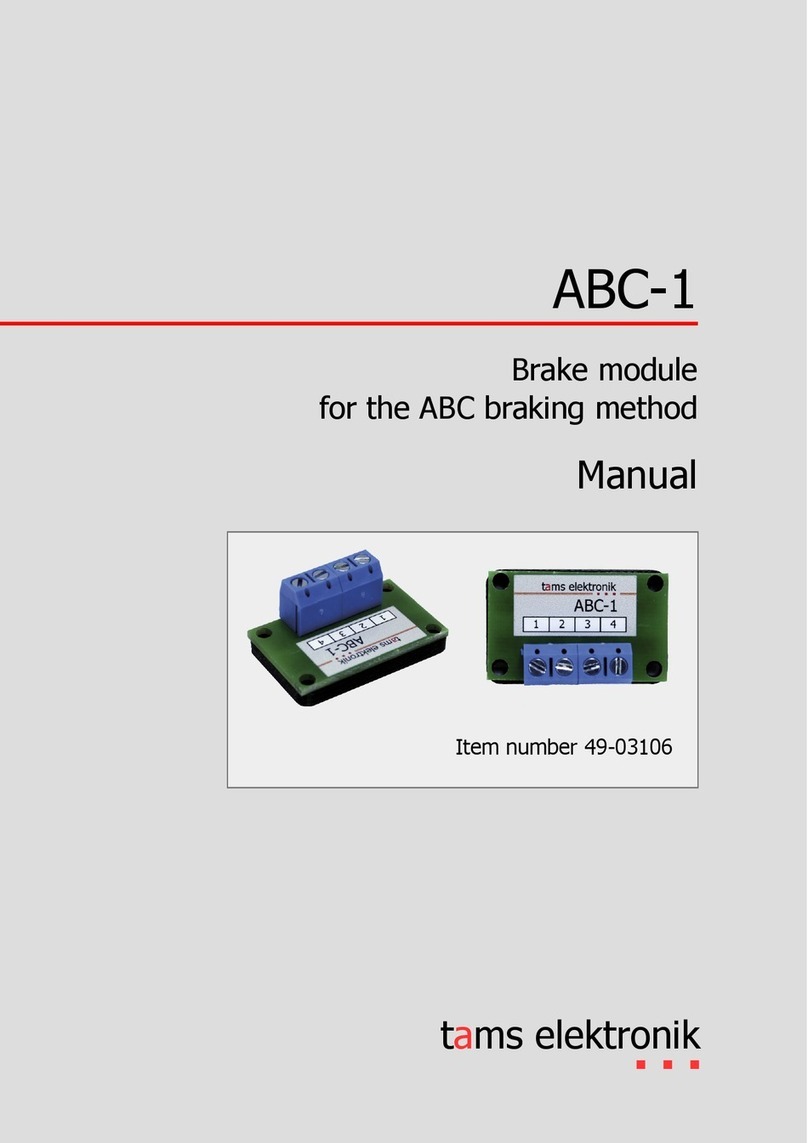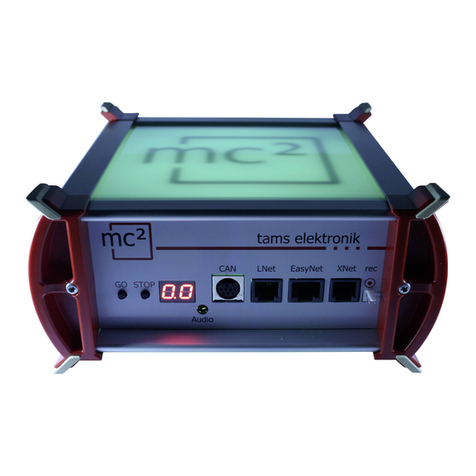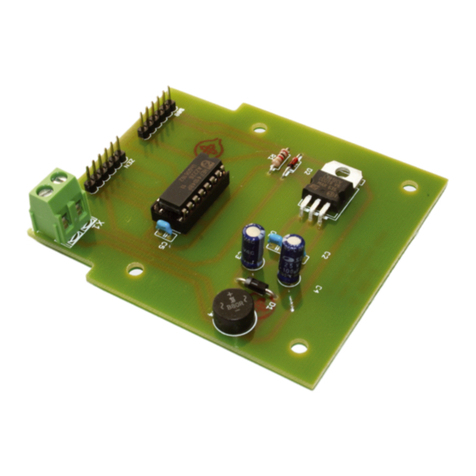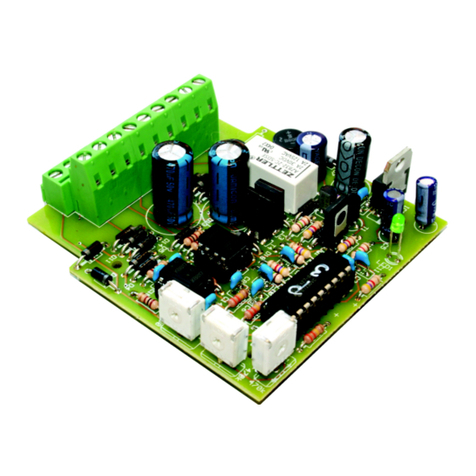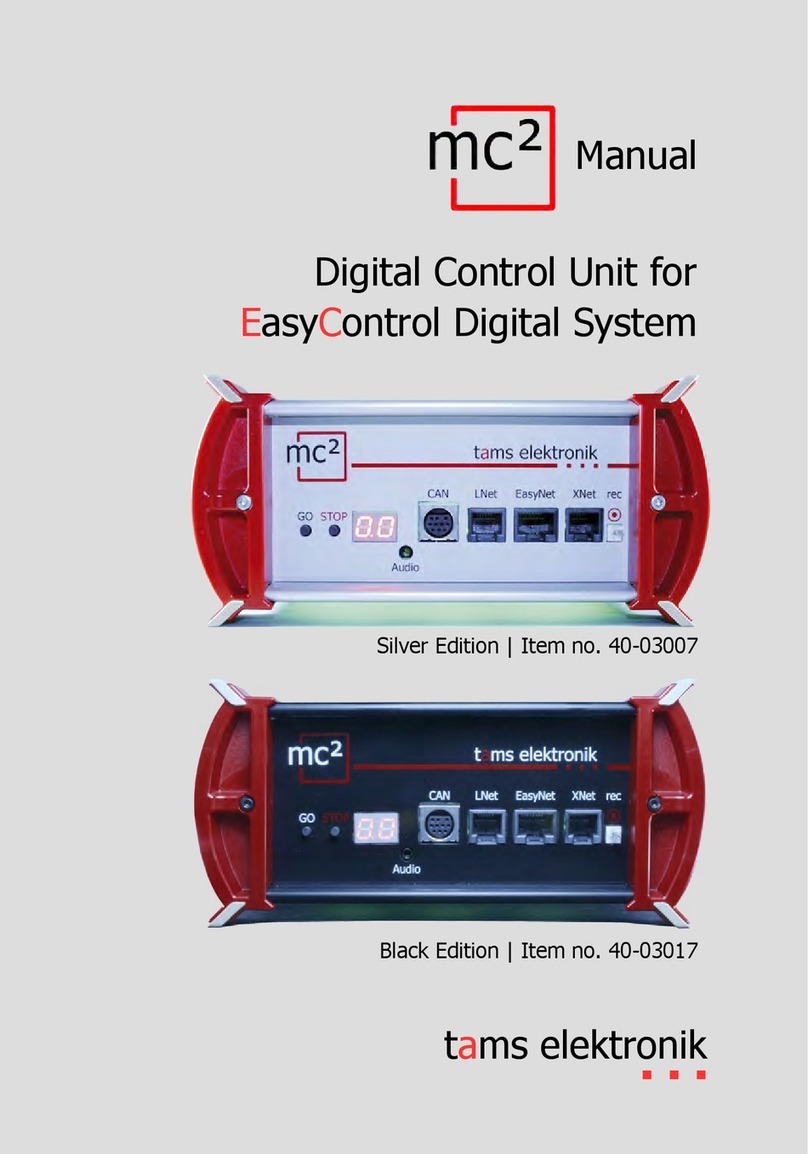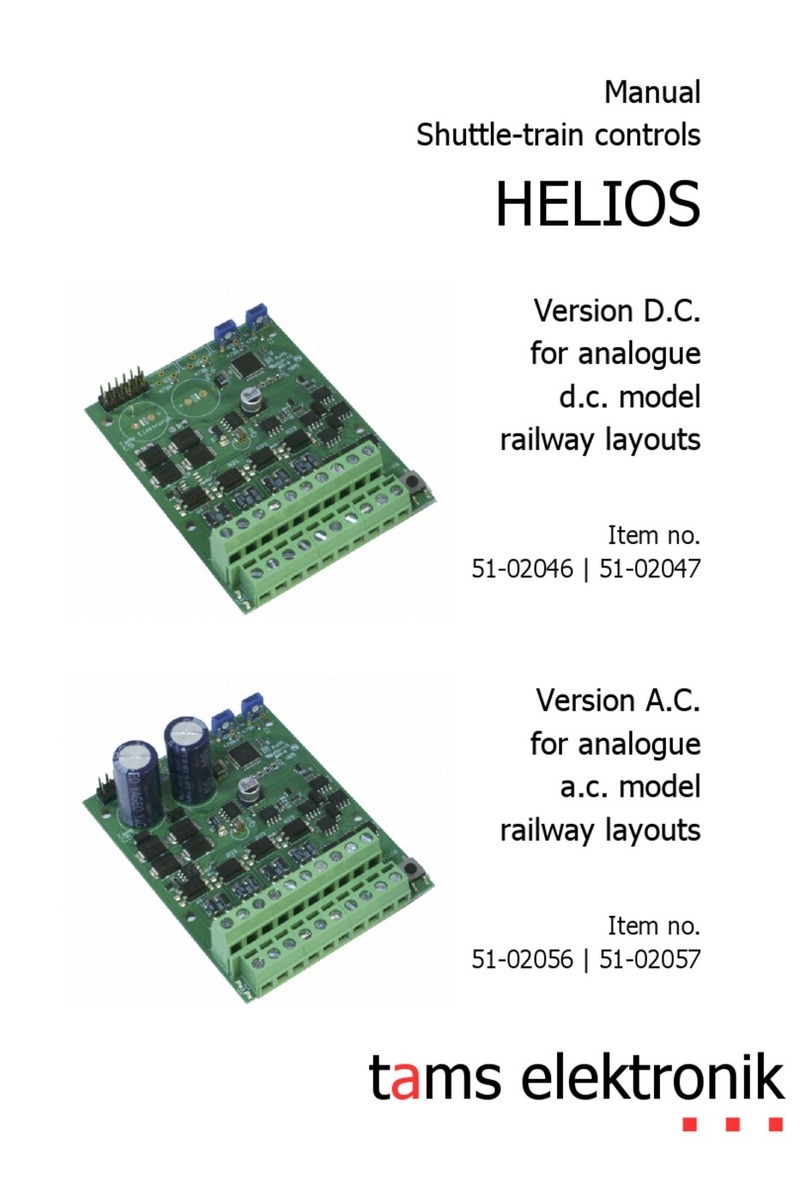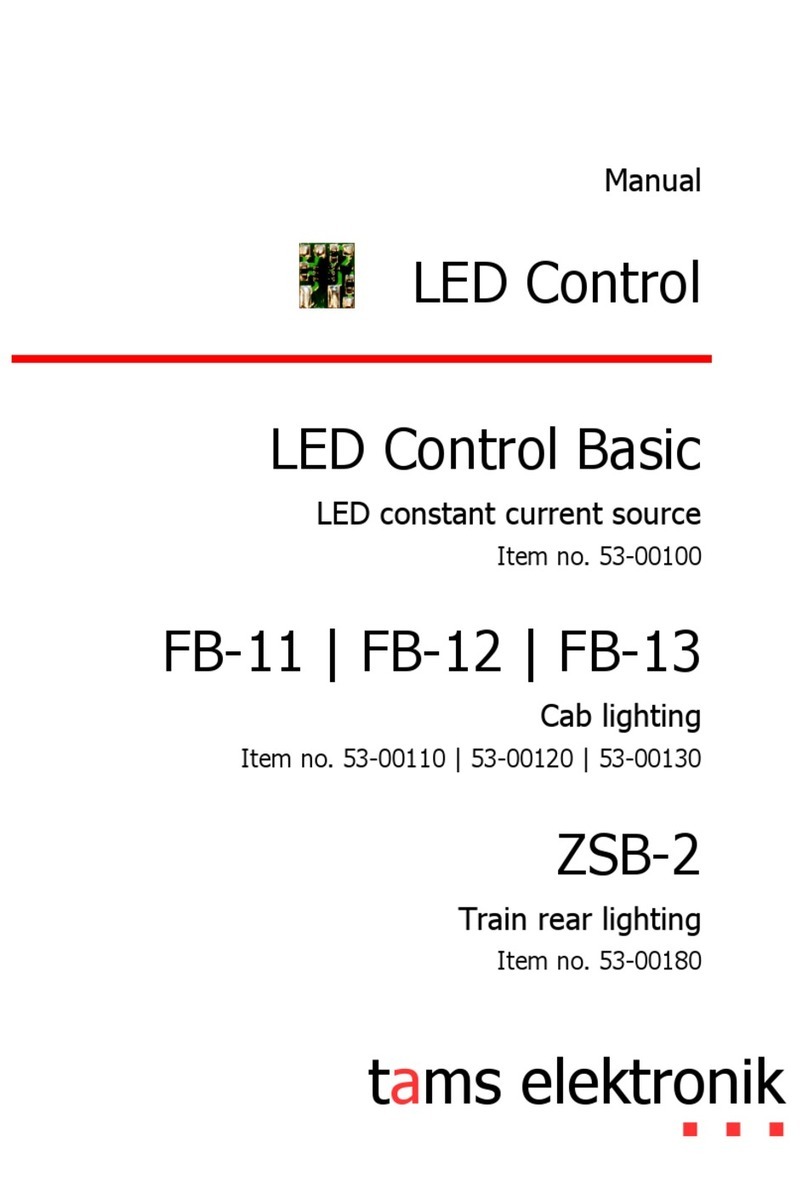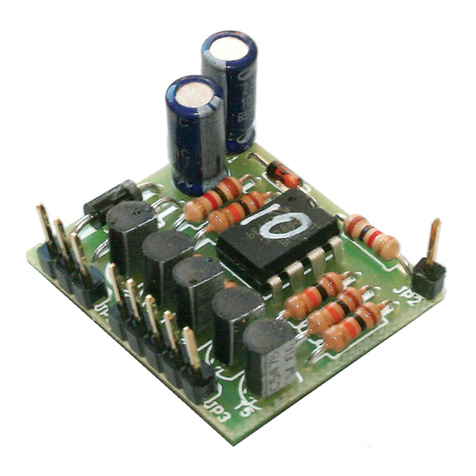English PZS-2
Table of contents
1. Getting started............................................................................3
2. Safet instructions.......................................................................5
3. Safe and correct soldering...........................................................7
4. Operation overview.....................................................................9
5. Technical specifications..............................................................13
6. Assembling the kit.....................................................................14
7. Functional test..........................................................................23
8. Connecting the PZS-2................................................................24
8.1. Schema............................................................................24
8.2. Dividing the shuttle-train section into parts.........................25
8.3. Connecting the power suppl .............................................25
8.4. Connecting the shuttle-train section to the PZS-2................27
9. Operation.................................................................................30
10. Programming the PZS-2.............................................................33
11. Check list for troubleshooting.....................................................36
12. Guarantee bond........................................................................38
13. EU declaration of conformit ......................................................39
14. Declarations conforming to the WEEE directive...........................39
© 01/2015 Tams Elektronik GmbH
All rights reserved. No part of this publication ma be reproduced or
transmitted in an form or b an means, electronic or mechanical,
including photocop ing, without prior permission in writing from Tams
Elektronik GmbH.
Subject to technical modification.
Page 2

